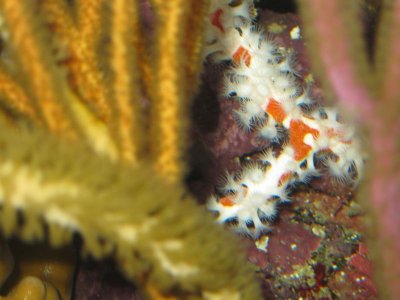pleasants9
Member
Even though they say sponges still need some light I assume they fall under this section on reef central. either way I was curious who else has some corals they are tending to in their tank and how they are doing/ what you feed them.
I just got a red ball sponge coral in my tank from the LFS, I made sure it never had contact with air both going into its bag and out. I have it in a spot with medium flow so it should be able to capture enough food to filter feed. Another coral I have been looking at is the australian white line/lightning sponge. Anyone have any experience with this sponge?
I just got a red ball sponge coral in my tank from the LFS, I made sure it never had contact with air both going into its bag and out. I have it in a spot with medium flow so it should be able to capture enough food to filter feed. Another coral I have been looking at is the australian white line/lightning sponge. Anyone have any experience with this sponge?




